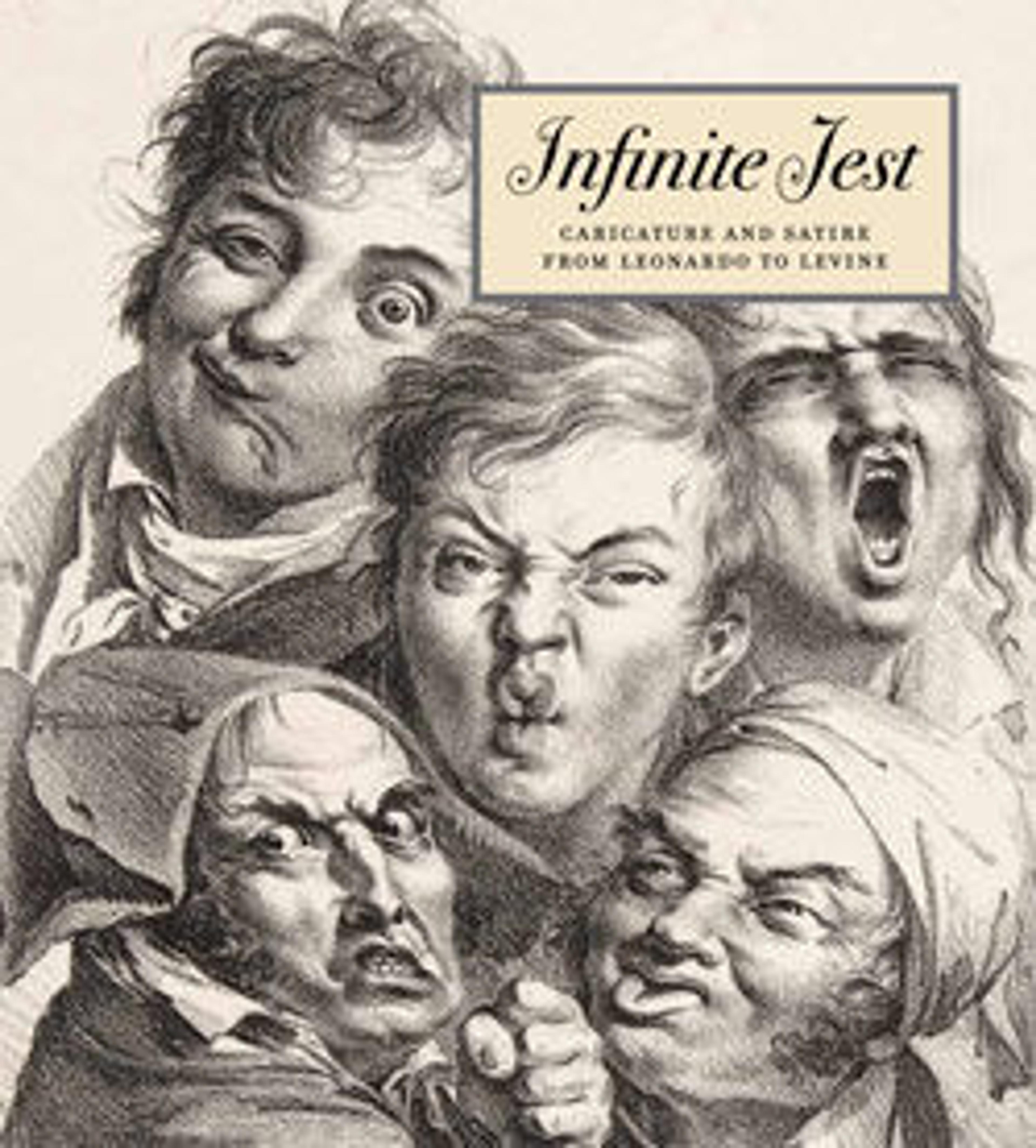The Exhibition "Stare-Case"
One of Rowlandson's most ebullient designs, this etching simultaneously mocks the exhibition-going public and the London art establishment. Visitors eager to view the annual spring exhibition of the Royal Academy struggle to negotiate a steep spiral staircase at Somerset House on the Strand. Beginning in 1780, these displays were held in the Great Room of Sir William Chambers's grand Neoclassical building, but to reach the galleries, visitors had to climb three long, narrow flights – a challenging approach that Chambers hoped would suggest an ascent to Parnassus. Focusing on the practical difficulties the stairs presented for two-way foot traffic, Rowlandson imagines the cascade produced when a hefty lady trips on a dog, then knocks over her fellow climbers like ninepins, Most of the bodies upended are female, and since women at this date wore no lower undergarments, the general confusion grants nearby males a glimpse of female nudity before they even reach the art. By including the well-known sculptor SIr Joseph Nollekens (at the left, holding up a glass to inspect a fallen beauty), Rowlandson suggests the power of living flesh to trump artistic simulacrums. Even the Callipygian Venus, the classical statue in the niche, whose gaze should be fixed on her own beautiful posterior, has raised her eyes to smile at the human comedy flowing through the idealized setting.
Artwork Details
- Title:The Exhibition "Stare-Case"
- Artist:Thomas Rowlandson (British, London 1757–1827 London)
- Date:1811?
- Medium:Etching, hand colored
- Dimensions:Sheet: 18 3/4 × 13 1/16 in. (47.6 × 33.2 cm)
- Classification:Prints
- Credit Line:The Elisha Whittelsey Collection, The Elisha Whittelsey Fund, 1959
- Object Number:59.533.573
- Curatorial Department: Drawings and Prints
More Artwork
Research Resources
The Met provides unparalleled resources for research and welcomes an international community of students and scholars. The Met's Open Access API is where creators and researchers can connect to the The Met collection. Open Access data and public domain images are available for unrestricted commercial and noncommercial use without permission or fee.
To request images under copyright and other restrictions, please use this Image Request form.
Feedback
We continue to research and examine historical and cultural context for objects in The Met collection. If you have comments or questions about this object record, please contact us using the form below. The Museum looks forward to receiving your comments.
